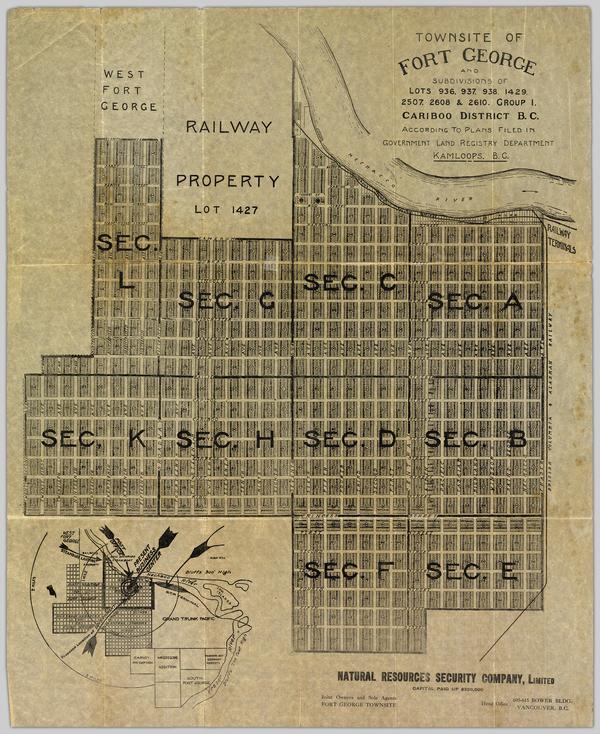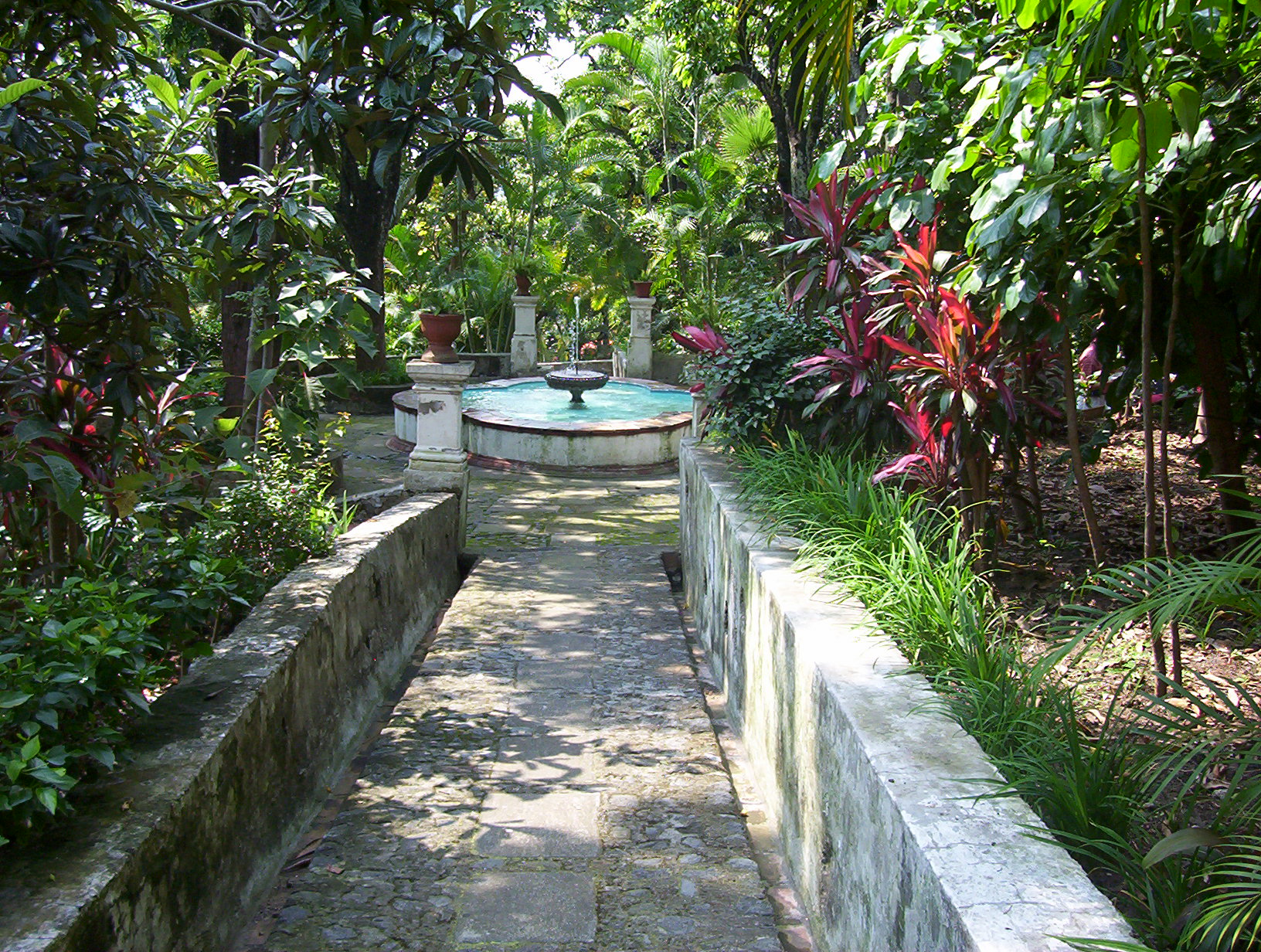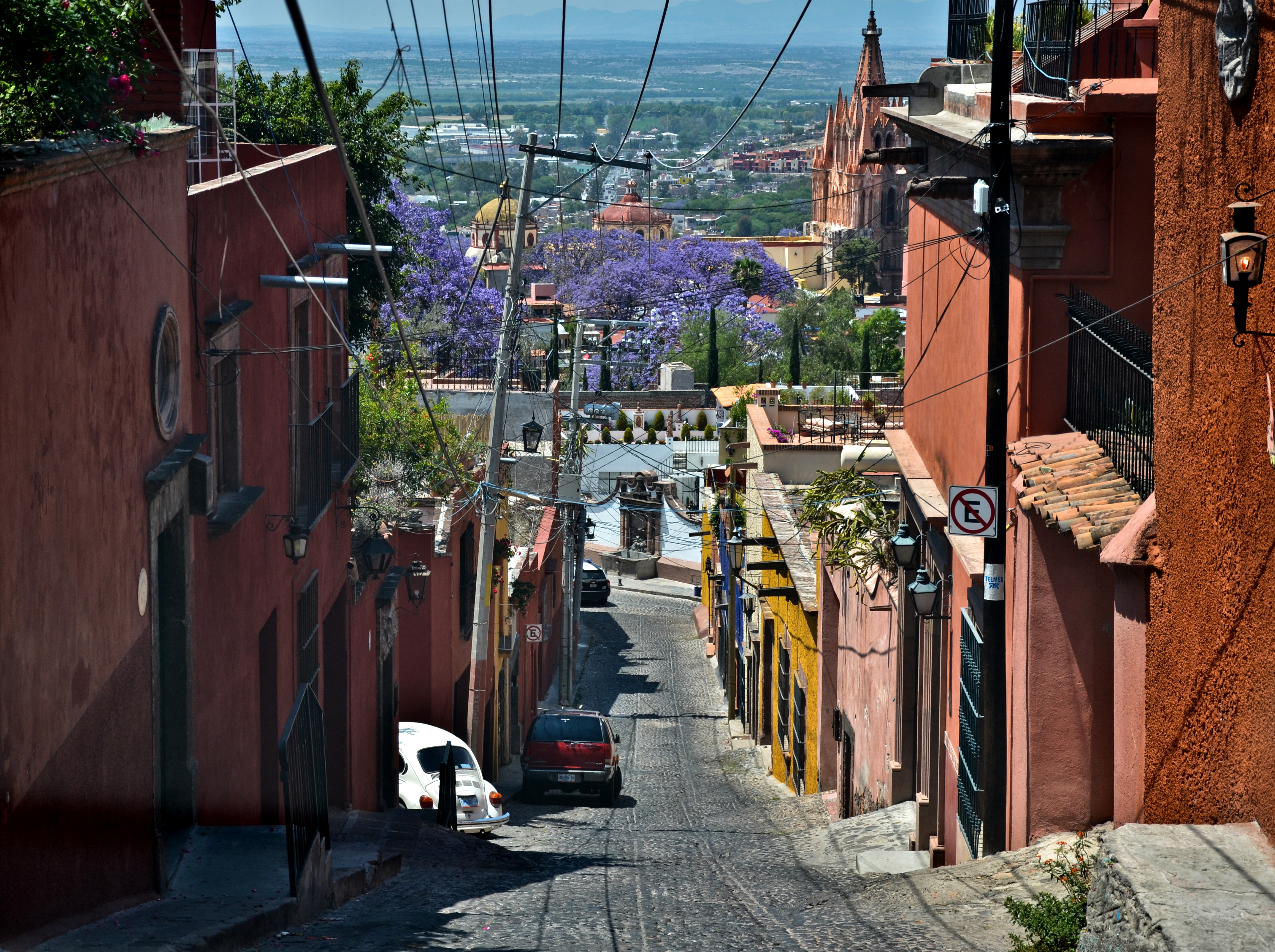|
Joy Laville
Joy Laville (September 8, 1923 – April 13, 2018) was an English/Mexican artist whose art career began and mostly developed in Mexico when she came to the country to take art classes in San Miguel de Allende. While there she met Mexican writer Jorge Ibargüengoitia, whom she married in 1973. During this time her art career developed mostly in pastels with a reflective quality. In 1983, Ibargüengoitia died in a plane crash in Spain and Laville's painting changed dramatically. Since that time, her work has focused on the loss of her husband, directly or indirectly with themes of finality, eternity and wondering what more is there. Her work has been exhibited in Mexico and abroad including the Palacio de Bellas Artes and the Museo de Arte Moderno. In 2012, she received the Bellas Artes Medal for her life's work. Life Joy Laville was born in Ryde on the Isle of Wight . Her father was Francis Laville, a captain in the Indian Army of the Seventh Rajput Regiment. Her mother was Vera E ... [...More Info...] [...Related Items...] OR: [Wikipedia] [Google] [Baidu] |
Prince George, British Columbia
Prince George is a city in British Columbia, Canada, situated at the confluence of the Fraser River, Fraser and Nechako River, Nechako rivers. The city itself has a population of 76,708; the metro census agglomeration has a population of 89,490. It is often called the province's "northern capital". because it serves as a centre for higher education, health care, government services, arts and entertainment, sports, and support for major industries such as forest products and mining. History The origins of Prince George can be traced to the North West Company fur trading post of Fort George, which was established in 1807 by Simon Fraser (explorer), Simon Fraser and named in honour of George III, King George III.Runnalls, F.E. A History of Prince George. 1946 The post was centred in the centuries-old homeland of the Lheidli T'enneh Band, Lheidli T'enneh First Nations in Canada, First Nation, whose name means "people of the confluence of the two rivers." The Lheidli T'enneh name ... [...More Info...] [...Related Items...] OR: [Wikipedia] [Google] [Baidu] |
Cuernavaca
Cuernavaca (; , "near the woods" , Otomi language, Otomi: ) is the capital and largest city of the Mexican state, state of Morelos in Mexico. Along with Chalcatzingo, it is likely one of the origins of the Mesoamerica, Mesoamerican civilization. Olmec works of art, currently displayed in the Museum of Anthropology in Mexico City were found in the Gualupita III archeological site. The city is located south of Mexico City and reached via a 90-minute drive using the Mexican Federal Highway 95D, Federal Highway 95D. The name ''Cuernavaca'' is a phonaesthetics, euphonism derived from the Nahuatl toponym and means 'surrounded by or close to trees'. The name was Hispanicized to ''Cuernavaca''; Hernán Cortés called it ''Coadnabaced'' in his letters to Charles V, Holy Roman Emperor, and Bernal Díaz del Castillo used the name ''Cuautlavaca'' in his chronicles. The coat-of-arms of the municipality is based on the pre-Columbian pictograph emblem of the city that depicts a tree trunk ... [...More Info...] [...Related Items...] OR: [Wikipedia] [Google] [Baidu] |
Jiutepec
Jiutepec is a city and its surrounding municipality in the Mexican state of Morelos. The name ''Jiutepec'' comes from the Nahuatl name ''Xiutepetl'', which means "the precious stones hill". The city serves as the municipal seat for the surrounding municipality of the same name. Over recent decades Jiutepec has merged into neighboring Cuernavaca so that on its northeasterly edges it forms one geographically contiguous urban area with the latter. The Cuernavaca metropolitan area not only includes these two municipalities, but also Temixco, Emiliano Zapata, Xochitepec, and Tepoztlán municipalities, for a total population of 1,027,562 (February, 2018 figure also includes Huitzilac and Tlaltizapán). According to the 2015 census the city of Jiutepec had a population of 153,704 while the municipality reported 214,137 inhabitants. The city and the municipality rank second in population in the state, behind the city and municipality of Cuernavaca. The municipality has an area o ... [...More Info...] [...Related Items...] OR: [Wikipedia] [Google] [Baidu] |
Spain
Spain, or the Kingdom of Spain, is a country in Southern Europe, Southern and Western Europe with territories in North Africa. Featuring the Punta de Tarifa, southernmost point of continental Europe, it is the largest country in Southern Europe and the fourth-most populous European Union member state. Spanning across the majority of the Iberian Peninsula, its territory also includes the Canary Islands, in the Eastern Atlantic Ocean, the Balearic Islands, in the Western Mediterranean Sea, and the Autonomous communities of Spain#Autonomous cities, autonomous cities of Ceuta and Melilla, in mainland Africa. Peninsular Spain is bordered to the north by France, Andorra, and the Bay of Biscay; to the east and south by the Mediterranean Sea and Gibraltar; and to the west by Portugal and the Atlantic Ocean. Spain's capital and List of largest cities in Spain, largest city is Madrid, and other major List of metropolitan areas in Spain, urban areas include Barcelona, Valencia, Seville, ... [...More Info...] [...Related Items...] OR: [Wikipedia] [Google] [Baidu] |
Greece
Greece, officially the Hellenic Republic, is a country in Southeast Europe. Located on the southern tip of the Balkan peninsula, it shares land borders with Albania to the northwest, North Macedonia and Bulgaria to the north, and Turkey to the east. The Aegean Sea lies to the east of the Geography of Greece, mainland, the Ionian Sea to the west, and the Sea of Crete and the Mediterranean Sea to the south. Greece has the longest coastline on the Mediterranean Basin, spanning List of islands of Greece, thousands of islands and nine Geographic regions of Greece, traditional geographic regions. It has a population of over 10 million. Athens is the nation's capital and List of cities and towns in Greece, largest city, followed by Thessaloniki and Patras. Greece is considered the cradle of Western culture, Western civilisation and the birthplace of Athenian democracy, democracy, Western philosophy, Western literature, historiography, political science, major History of science in cl ... [...More Info...] [...Related Items...] OR: [Wikipedia] [Google] [Baidu] |
London
London is the Capital city, capital and List of urban areas in the United Kingdom, largest city of both England and the United Kingdom, with a population of in . London metropolitan area, Its wider metropolitan area is the largest in Western Europe, with a population of 14.9 million. London stands on the River Thames in southeast England, at the head of a tidal estuary down to the North Sea, and has been a major settlement for nearly 2,000 years. Its ancient core and financial centre, the City of London, was founded by the Roman Empire, Romans as Londinium and has retained its medieval boundaries. The City of Westminster, to the west of the City of London, has been the centuries-long host of Government of the United Kingdom, the national government and Parliament of the United Kingdom, parliament. London grew rapidly 19th-century London, in the 19th century, becoming the world's List of largest cities throughout history, largest city at the time. Since the 19th cen ... [...More Info...] [...Related Items...] OR: [Wikipedia] [Google] [Baidu] |
Roger Von Gunten
Roger von Gunten (born 29 March 1933) is a Swiss-born Mexican artist and sculptor. He was the subject of a 1978 essay by Jomí García Ascot and was part of the '' Breakaway Generation'' which emerged after World War II ending the Mexican Muralist era. For over a decade, he was involved in a legal battle over who defines what is art. He has participated in over 200 national and international art exhibitions and won the 2014 Fine Art Medal from Mexico. Biography Roger von Gunten was born 29 March 1933 in Zürich, Switzerland. He was a student at the Kunstgewerbeschule (School of Arts and Crafts) in Zurich studying under Johannes Itten a color theorist of the Bauhaus school. He held his first solo show in Switzerland in 1956. In 1957, he came to Mexico with a plan to travel on south along the newly opened Pan-American Highway, but he ran out of money and stayed in Mexico. He initially studied etching at the Universidad Iberoamericana with Guillermo Silva Santamaria in Mexico Cit ... [...More Info...] [...Related Items...] OR: [Wikipedia] [Google] [Baidu] |
Abstract Expressionism
Abstract expressionism in the United States emerged as a distinct art movement in the aftermath of World War II and gained mainstream acceptance in the 1950s, a shift from the American social realism of the 1930s influenced by the Great Depression and Mexican muralism, Mexican muralists. The term was first applied to American art in 1946 by the art critic Robert Coates (critic), Robert Coates. Key figures in the New York School (art), New York School, which was the center of this movement, included such artists as Arshile Gorky, Jackson Pollock, Franz Kline, Mark Rothko, Norman Lewis (artist), Norman Lewis, Willem de Kooning, Adolph Gottlieb, Clyfford Still, Robert Motherwell, Theodoros Stamos, and Lee Krasner among others. The movement was not limited to painting but included influential collagists and sculptors, such as David Smith (sculptor), David Smith, Louise Nevelson, and others. Abstract expressionism was notably influenced by the spontaneous and subconscious creation met ... [...More Info...] [...Related Items...] OR: [Wikipedia] [Google] [Baidu] |
Cubism
Cubism is an early-20th-century avant-garde art movement which began in Paris. It revolutionized painting and the visual arts, and sparked artistic innovations in music, ballet, literature, and architecture. Cubist subjects are analyzed, broken up, and reassembled in an abstract form. Instead of depicting objects from a single perspective, the artist depicts the subject from multiple perspectives to represent the subject in a greater context. Cubism has been considered the most influential art movement of the 20th century. The term ''cubism'' is broadly associated with a variety of artworks produced in Paris (Montmartre and Montparnasse) or near Paris (Puteaux) during the 1910s and throughout the 1920s. The movement was pioneered in partnership by Pablo Picasso and Georges Braque, and joined by Jean Metzinger, Albert Gleizes, Robert Delaunay, Henri Le Fauconnier, Juan Gris, and Fernand Léger. One primary influence that led to Cubism was the representation of three-dimensional ... [...More Info...] [...Related Items...] OR: [Wikipedia] [Google] [Baidu] |
Instituto Allende
The Instituto Allende is a visual arts school in San Miguel de Allende, Mexico. The institute provides a range of courses, and offers a BA in Visual Arts and an MA in Fine arts in association with the Universidad de Guanajuato. Its courses and degrees are recognized by most North American universities. It has been popular with American and Canadian students and artists since it opened in 1950, and the town now has a large expatriate community from the United States and Canada. Location The town of San Miguel de Allende is about four hours drive north of Mexico City. It is named after General Ignacio Allende, a hero of the Mexican War of Independence. It is at altitude of and has a temperate climate. The town was founded in 1542. It was flourishing by the 17th century, but in the late 18th century suffered from a severe economic crisis. The wealthy inhabitants moved elsewhere, and the town stagnated. The institute brought new life to the town, which is now relatively prosperous ... [...More Info...] [...Related Items...] OR: [Wikipedia] [Google] [Baidu] |
Social Live
Social organisms, including human(s), live collectively in interacting populations. This interaction is considered social whether they are aware of it or not, and whether the exchange is voluntary or not. Etymology The word "social" derives from the Latin word ''socii'' ("allies"). It is particularly derived from the Italian ''Socii'' states, historical allies of the Roman Republic (although they rebelled against Rome in the Social War of 91–87 BC). Social theorists In the view of Karl Marx,Morrison, Ken. ''Marx, Durkheim, Weber. Formations of modern social thought'' human beings are intrinsically, necessarily and by definition social beings who, beyond being "gregarious creatures", cannot survive and meet their needs other than through social co-operation and association. Their social characteristics are therefore to a large extent an objectively given fact, stamped on them from birth and affirmed by socialization processes; and, according to Marx, in producing and reproduci ... [...More Info...] [...Related Items...] OR: [Wikipedia] [Google] [Baidu] |




